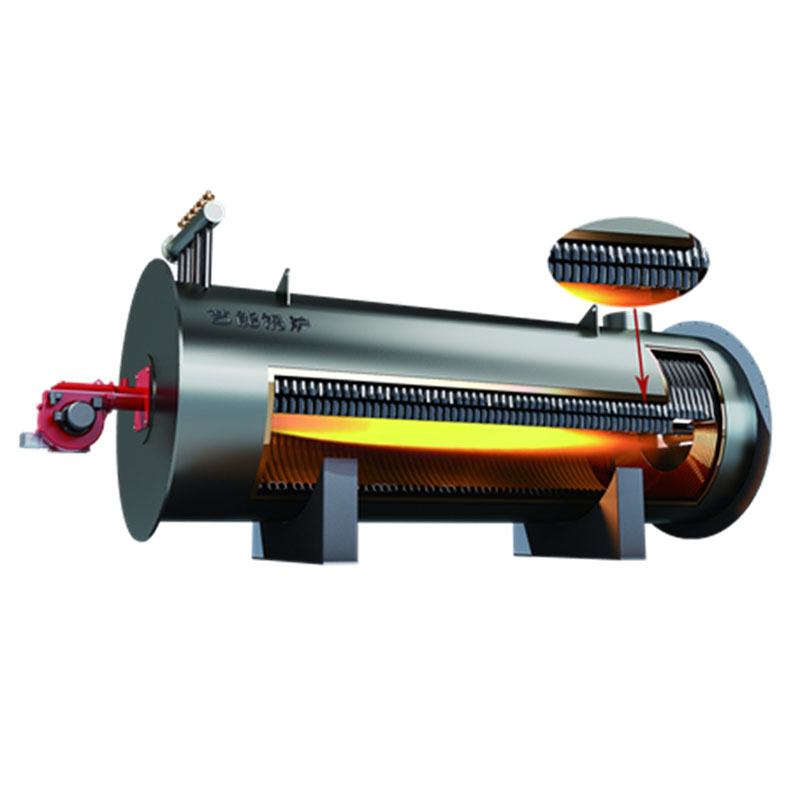waste heat recovery boiler power plant products
Waste Heat Recovery Boilers in Power Plants An Overview
Waste heat recovery boilers (WHRB) have emerged as a vital component in the quest for energy efficiency and sustainability in power plants. As industries around the globe adopt greener technologies, the importance of harnessing waste heat becomes increasingly apparent. This article explores the working principles, applications, benefits, and challenges of waste heat recovery boilers in power plants.
Understanding Waste Heat Recovery
In many industrial processes, a significant amount of energy is released in the form of waste heat. This is typically the result of combustion processes in power plants, where the energy produced during fuel combustion often goes unutilized. Waste heat recovery involves capturing this residual heat and converting it into useful energy. WHRBs play a crucial role in this process, utilizing the waste heat from gas turbines, engines, or other industrial processes to generate steam or hot water, which can then be used for various applications.
Working Principle of Waste Heat Recovery Boilers
A waste heat recovery boiler operates by channeling hot flue gases from engines or turbines through a heat exchanger. This heat exchanger transfers the heat from the flue gas to water or another fluid circulating within the boiler. As a result, the water is heated to produce steam, which can be utilized for electricity generation or other industrial processes, such as heating, drying, or even cooling. The efficiency of WHRBs can significantly enhance the overall performance of a power plant, turning waste into a valuable resource.
Applications of Waste Heat Recovery Boilers
Waste heat recovery boilers find applications in various sectors, primarily in power generation, petrochemical industries, manufacturing, and even in residential heating systems.
1. Power Generation In gas turbine power plants, WHRBs can capture the exhaust heat produced during power generation to produce additional electricity. This process not only improves the efficiency of the power plant but also reduces fuel consumption.
2. Industry In the manufacturing sector, heat recovery systems can be integrated into various processes, from cement production to metal smelting. The recovered heat can be employed to preheat raw materials, enhancing process efficiency.
3. District Heating WHRBs are also utilized in district heating systems where heat produced from waste can be harnessed to warm up multiple buildings, reducing the need for separate heating installations.
waste heat recovery boiler power plant products

Advantages of Waste Heat Recovery Boilers
The integration of WHRBs into power plants offers numerous benefits that contribute to both economic and environmental factors.
1. Energy Efficiency By reclaiming waste heat, WHRBs significantly reduce the overall energy consumption of power plants, leading to lower operational costs.
2. Reduced Emissions Utilizing waste heat decreases the reliance on fossil fuels, consequently leading to fewer greenhouse gas emissions and helping power plants meet environmental regulations.
3. Return on Investment The initial investment in waste heat recovery systems can offer substantial financial returns over time by saving costs on fuel and increasing productivity.
4. Sustainability As global awareness of climate change and sustainability grows, transitioning to waste heat recovery systems aligns with objectives to reduce carbon footprints.
Challenges and Considerations
Despite their numerous benefits, waste heat recovery boilers come with challenges that must be taken into account. The efficiency of WHRBs can vary greatly depending on the source and temperature of the waste heat. The design and materials needed for WHRBs can be more complex than traditional boilers, leading to increased manufacturing costs. Additionally, the need for regular maintenance and monitoring to ensure optimal performance can represent a logistical challenge for plant operators.
Conclusion
Waste heat recovery boilers are an integral part of modern power plants aiming to maximize efficiency and minimize environmental impact. By effectively capturing and utilizing waste heat, these systems not only enhance energy efficiency but also pave the way for a more sustainable industrial future. As technology advances and the push for greener solutions continues, the role of waste heat recovery in the power sector is likely to increase, making it a crucial consideration for power plant operators worldwide. Embracing WHRB technology is indeed a step towards a more sustainable and efficient energy landscape.
-
Custom Steam Boilers Manufacturer | AI-Enhanced EfficiencyNewsJul.31,2025
-
Top Electric Steam Boiler Makers | AI-OptimizedNewsJul.31,2025
-
Top Electric Steam Boiler Manufacturers - High Efficiency SolutionsNewsJul.30,2025
-
Top Electric Steam Boiler Manufacturers – Efficient Industrial SolutionsNewsJul.29,2025
-
Top Electric Steam Boiler Manufacturers | Reliable Industrial SolutionsNewsJul.29,2025
-
OEM Steam Boiler Solutions for Custom Needs | High Efficiency & VersatilityNewsJul.29,2025

